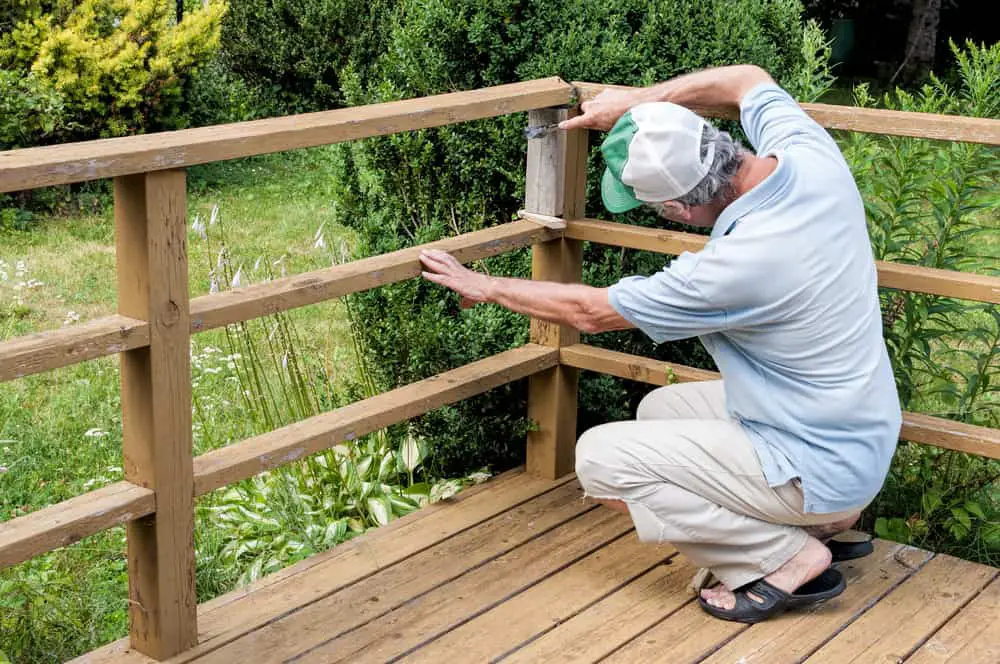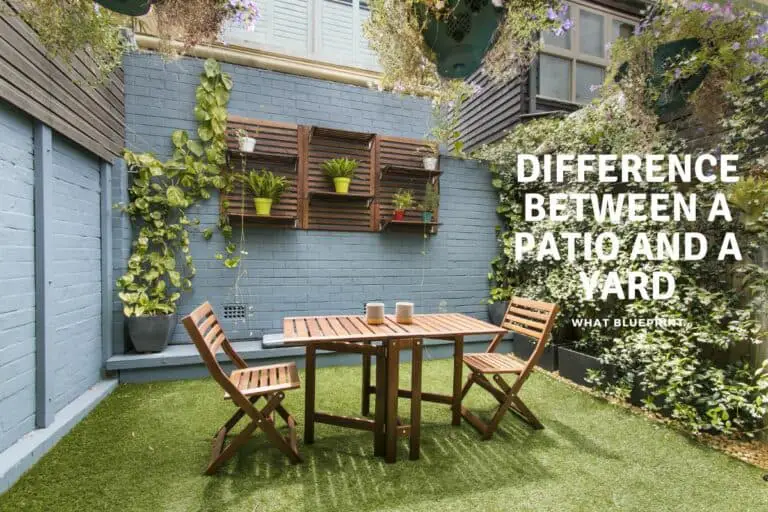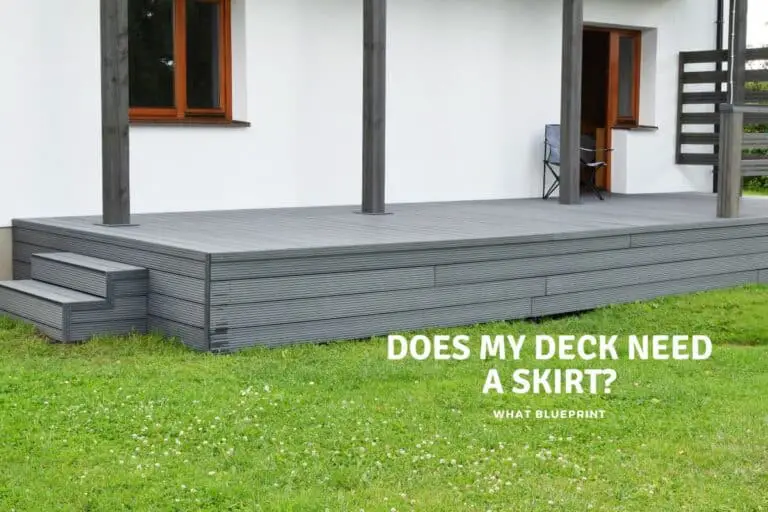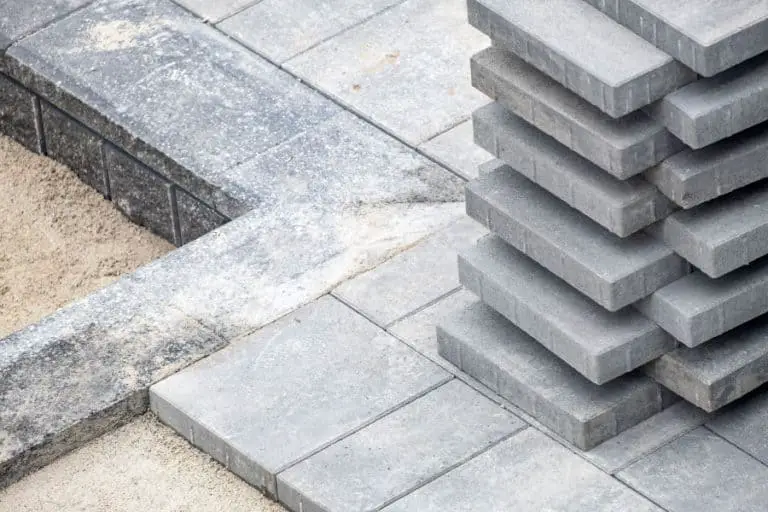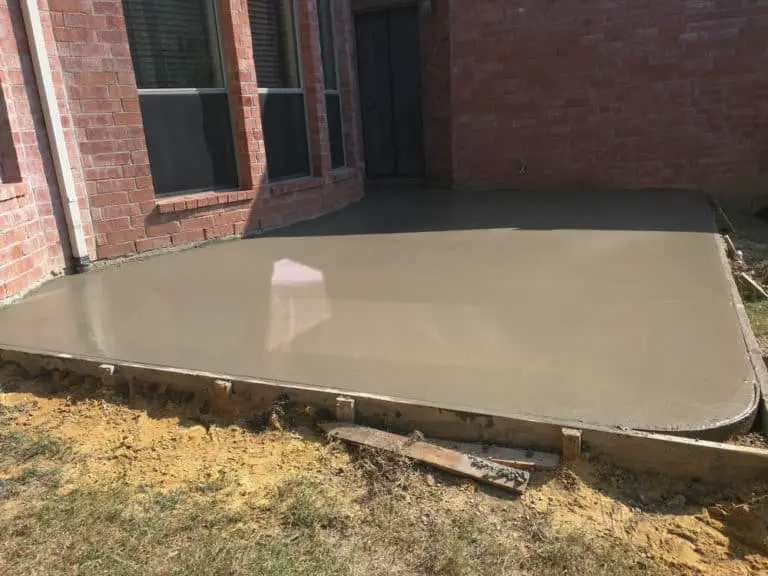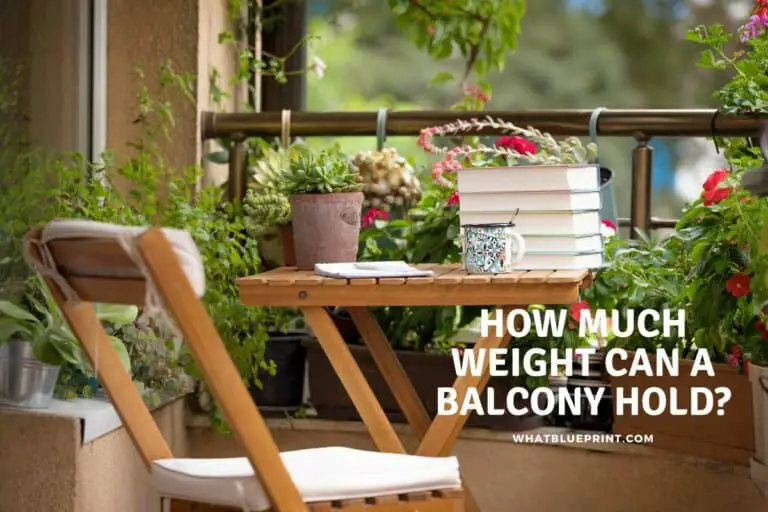Is It OK To Notch Deck Railing Posts?
Notching a deck railing post creates a lip that extends over the deck, allowing the post to be moved closer to the deck, helping to create a less bulky appearance for those who would prefer not to have their deck railing posts jutting out of the side of their deck.
The notching of deck railing posts is generally considered to be a building shortcut that should be avoided, as it can potentially create a weak point in the post while simultaneously making it vulnerable to cracking or splitting and allowing for moisture between the post and deck.
While it is not entirely advisable to notch your deck railing posts due to the potential to ultimately create a weaker railing that could result in injury, there are ways in which it can be done safely, ensuring a railing that remains sturdy and aesthetically pleasing for years.
Is It OK To Notch Deck Railing Posts?
Notching of a deck railing post involves cutting out a small section of the post, creating a lip that extends over the deck. This brings the railing posts closer to the deck, thus reducing the outward thrust of the railing posts.
While this creates a slimmer profile for the entire railing and the deck as a whole, it ultimately weakens the post connection, and for this reason, it is prohibited in some building codes.
Many resources will say that it’s never a good idea to notch your deck railing posts. The concern here is that the notching can potentially create a weak point in the post that can ultimately cause the railing to fail.
Because the most important aspect of a railing is its ability to prevent users from falling and injuring themselves, it’s understandable that anything that could potentially take away from the safety of the railing is of major concern.
There is also the potential that notching a deck railing post could make it vulnerable to cracking or splitting where the notch is created, further weakening the structure and rendering it unsafe.
Because a notched deck railing post is placed over the deck, there is potential for moisture to become trapped between the lip of the post and the deck. As we all know, trapped moisture is the enemy of almost any construction project, and this is no exception.
The moisture that collects in this space can ultimately cause the wood to rot, creating a potentially dangerous scenario.
Notching a rail post does have its advantages, as the post is given a significant amount of extra resistance to downward thrust due to the post sitting on top of the deck as opposed to against the side of the rim joist.
With notching, there is also a significant reduction in the ability of the post to “wiggle” from side to side. Having said that, however, the ability of the handrail to withstand forces of people leaning against it is significantly improved if notching is not employed.
Installing Deck Railing Posts
Deck railing posts are usually constructed using 4” x 4” timber, but 6” x 6” is also common. The spacing between deck railing posts should be no more than 6 feet, center to center. If you need to create a stronger railing, spacing between 4’ and 5’ is a great option to ensure a sturdier finished result.
Bear in mind that it is important to ensure that the posts are as evenly spaced as possible at all times to ensure that structural integrity is maintained while aesthetics are kept in check.
Bolts should always be used to affix the posts to the structure, ensuring a stronger build at all times. While notching might be restricted by the building codes in your region, there are ways to get around this if the aesthetic of notched posts is something you are set on having.
By making use of 6 x 6” posts, there is a possibility that you can work around the regulations by incorporating a notch of 1 ½”. This may be allowed in some cases; however, you will need to run this by your building inspector to ensure that you are within regulation.
Bear in mind that you should leave a gap of at least 2 inches between the end post and the wall to ensure that you will be able to paint and make other necessary repairs as and when required.
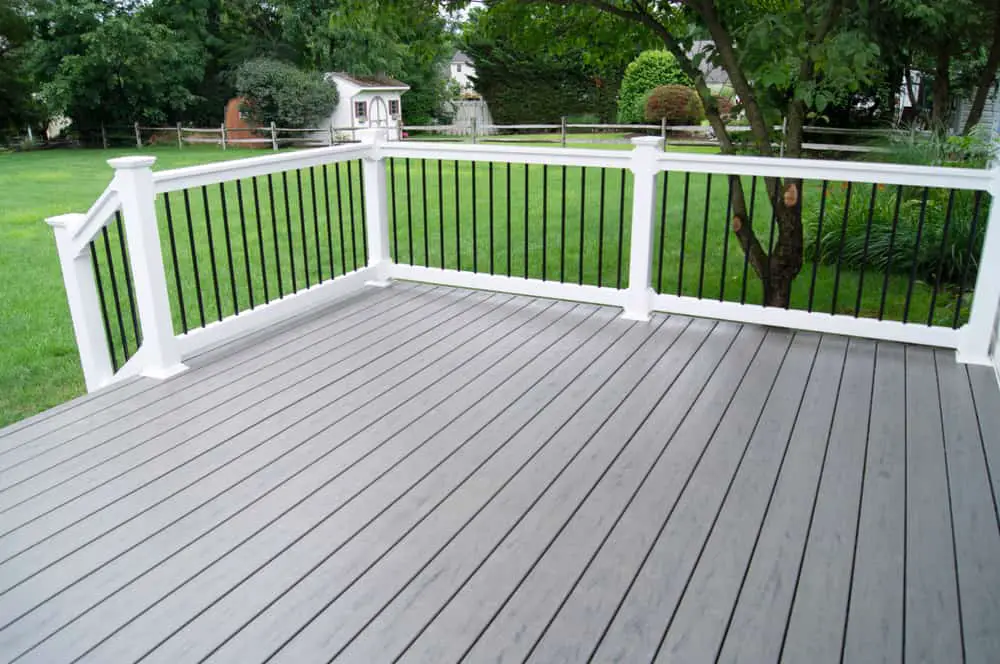
How To Notch Deck Railing Posts
If they are carefully planned and built according to strict guidelines, notched posts can produce a safe and attractive railing. Notching the posts will allow them to sit closer to the edge of the deck, with the unnotched portion of the post resting directly on top of the deck itself.
Firstly, cut all of the posts to the correct length and then lay them out. Measure the depth of the joist, and add to this the thickness of the deck. Add these measurements together, subtract ½ an inch, and mark the resultant measurement on the posts (from the bottom, up).
Next, you will need to cut the post by setting your circular saw at 1 ½ inches and making numerous cuts to this depth between your previously marked line and the bottom of the post. Once the cuts are complete, knock out the pieces of timber using a hammer before using a chisel to clean the notch of any residual debris. It’s important that you ensure the notch is cut squarely and evenly.
The next step is mostly for aesthetic reasons but should be considered. This is the bevelling of the bottom of the post. A 45° cut will make for a neat bevel on all of the posts.
Conclusion
Whether you are hoping to notch your deck railing posts for aesthetic purposes to achieve a sleeker-looking deck or you feel it might be necessary for space-saving reasons, it is possible to achieve a safe railing while adopting notched posts.
It’s essential, however, that careful construction is done to ensure that the end product is one that will not only last for a long period of time without failing, but will ensure safety for all users of the deck or balcony upon which the railing is built.
It’s important to bear in mind, however, that there are other alternative construction methods available that will negate the need to notch your deck railing posts while still achieving a safe and aesthetically pleasing result.
Sources
- https://buildingadvisor.com/materials/decks-porches/building-deck-railings/
- https://inspectapedia.com/decks/Deck_Railing_Install.php
- https://www.jlconline.com/deck-builder/railing-connections-and-500-pound-loads-notching-posts-lab-testing-rail-posts_o
- https://www.finehomebuilding.com/forum/to-notch-or-not-to-notch
- https://www.prowoodlumber.com/en/Blog/2019/March/Notching-Posts–Is-it-okay

